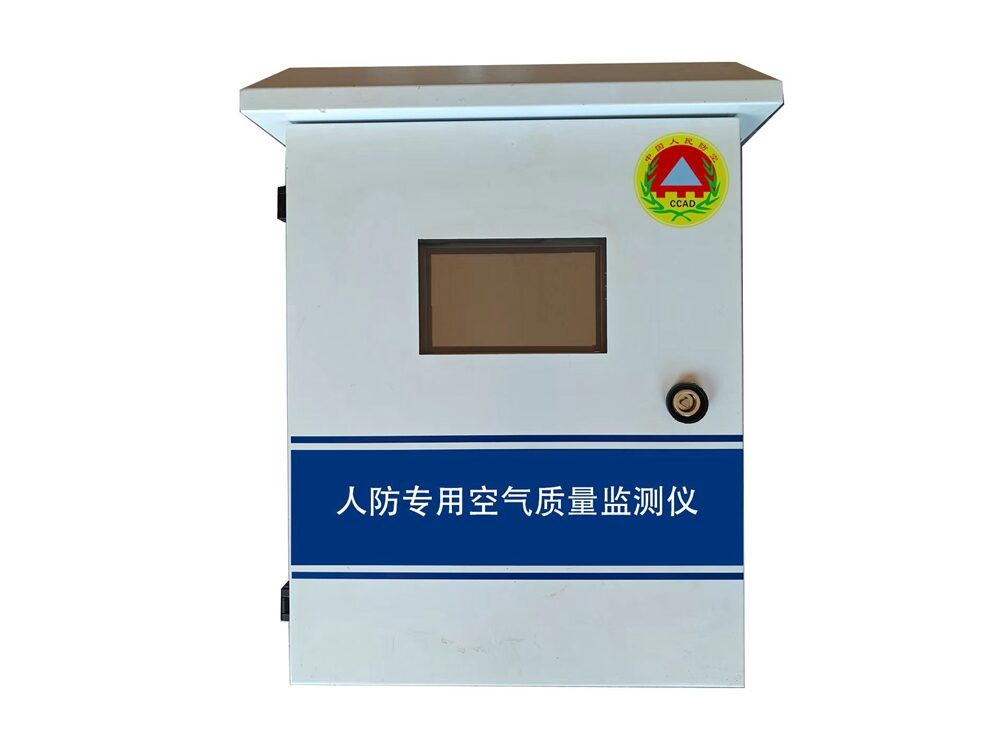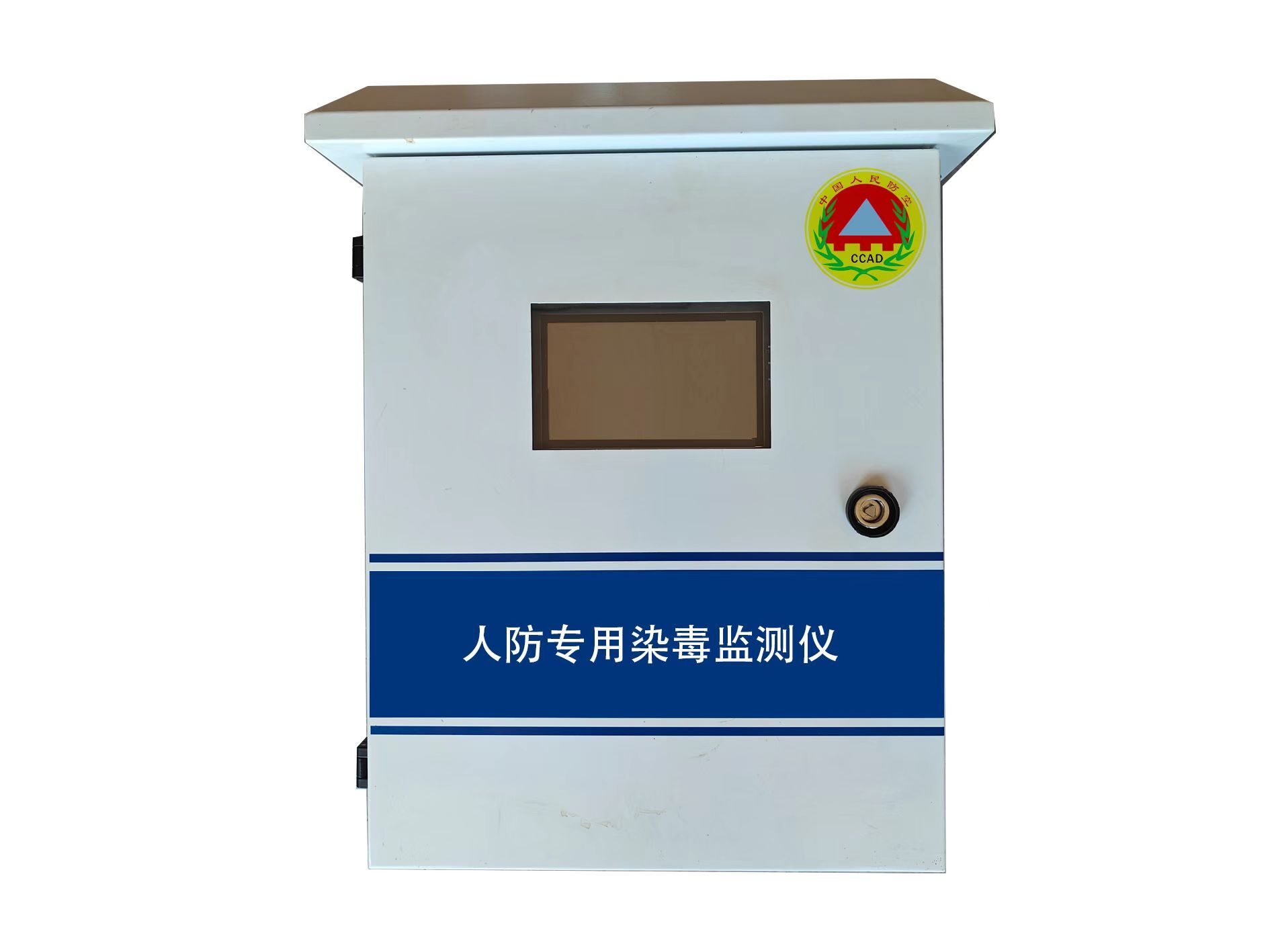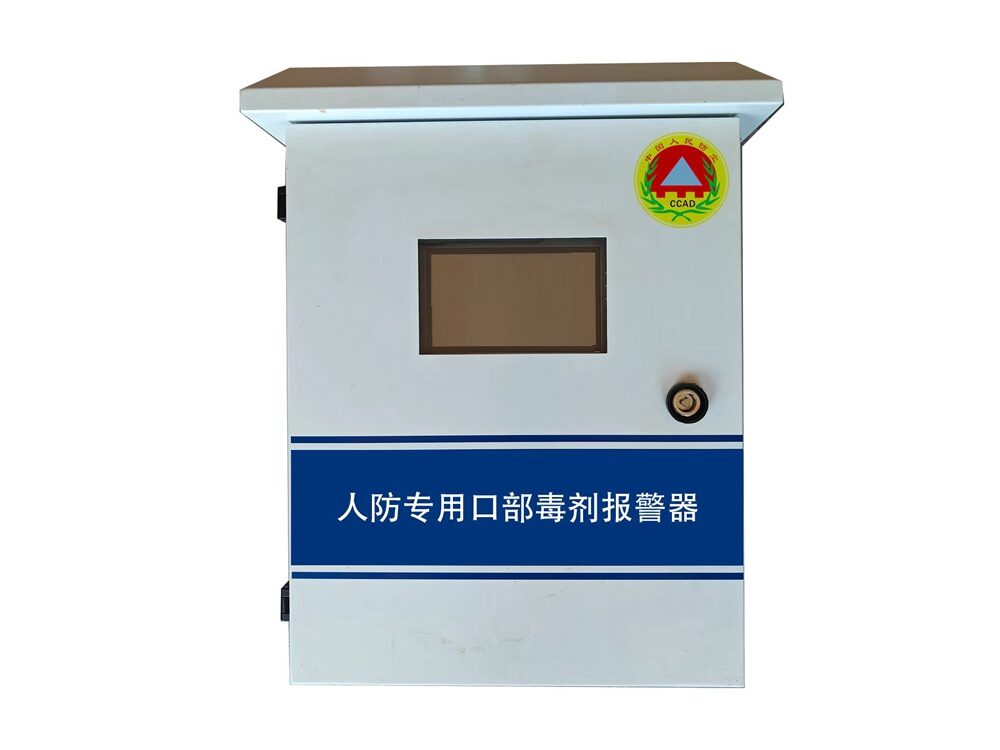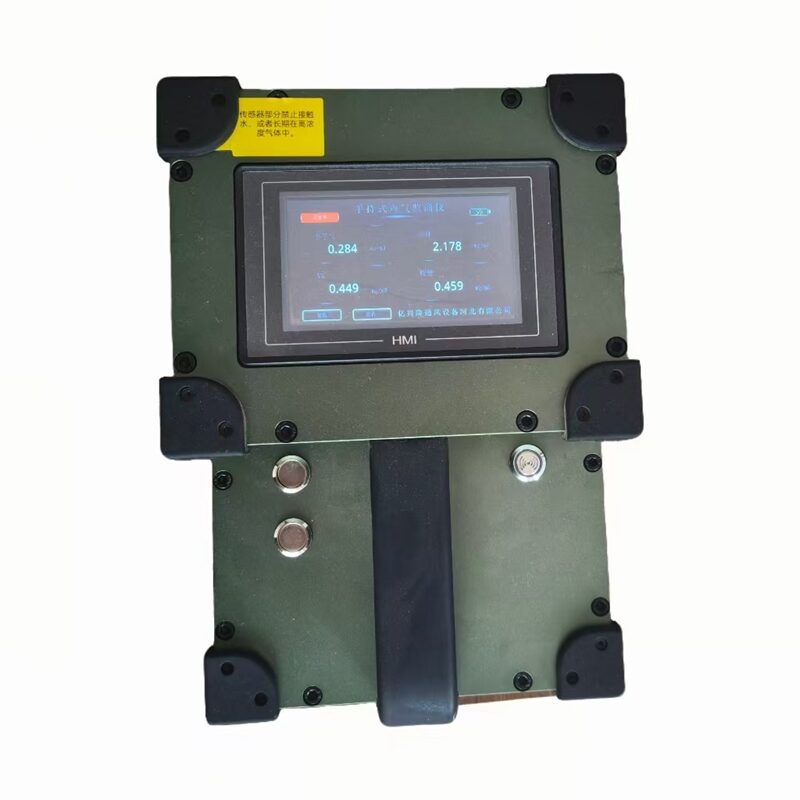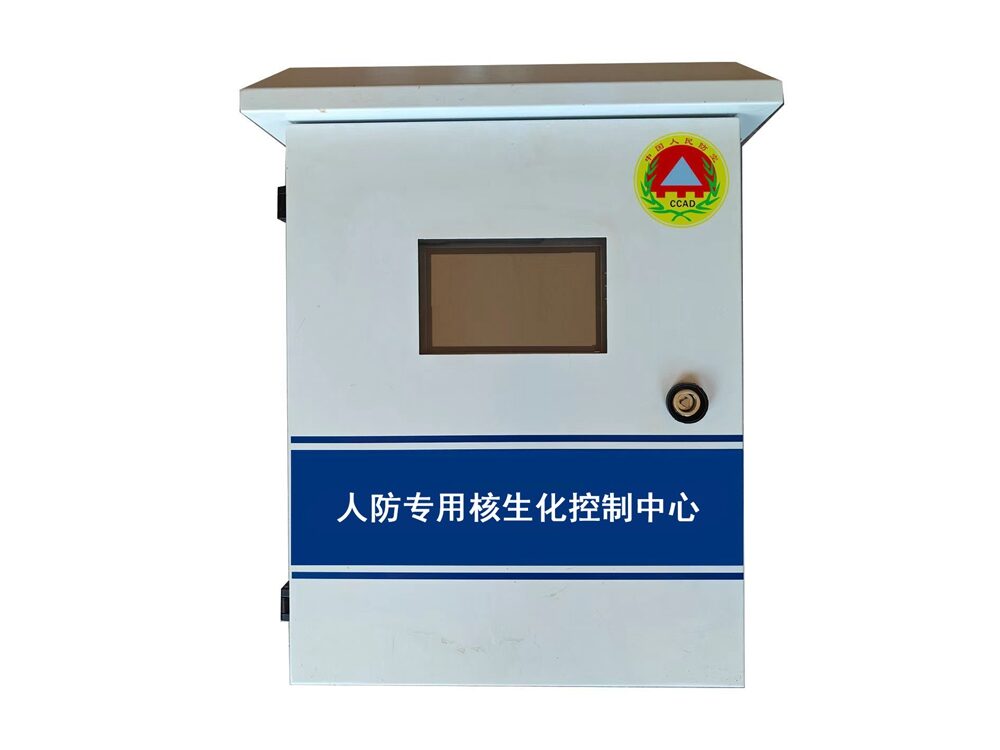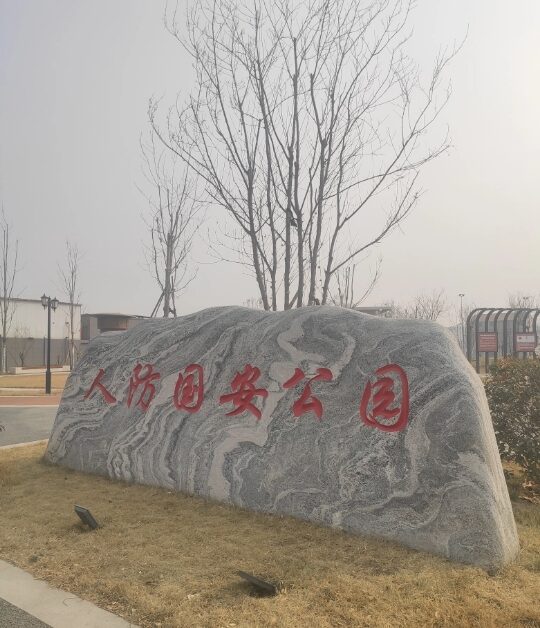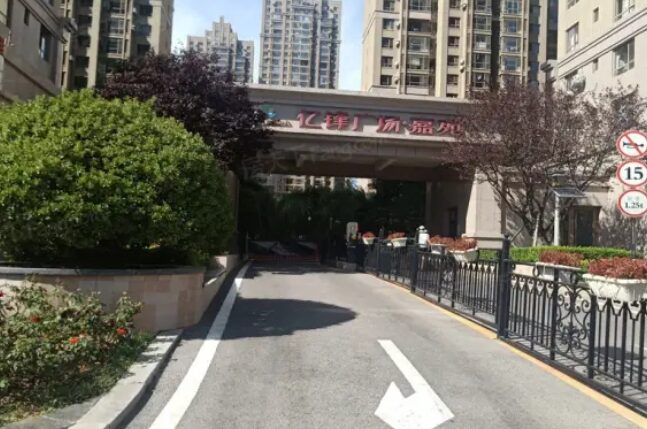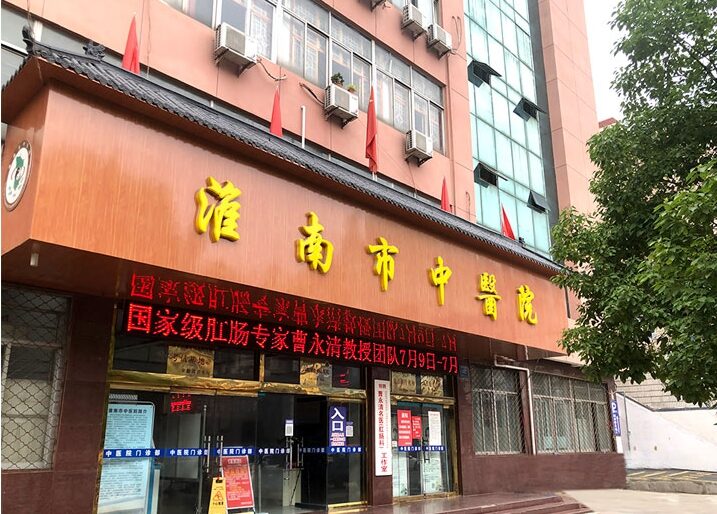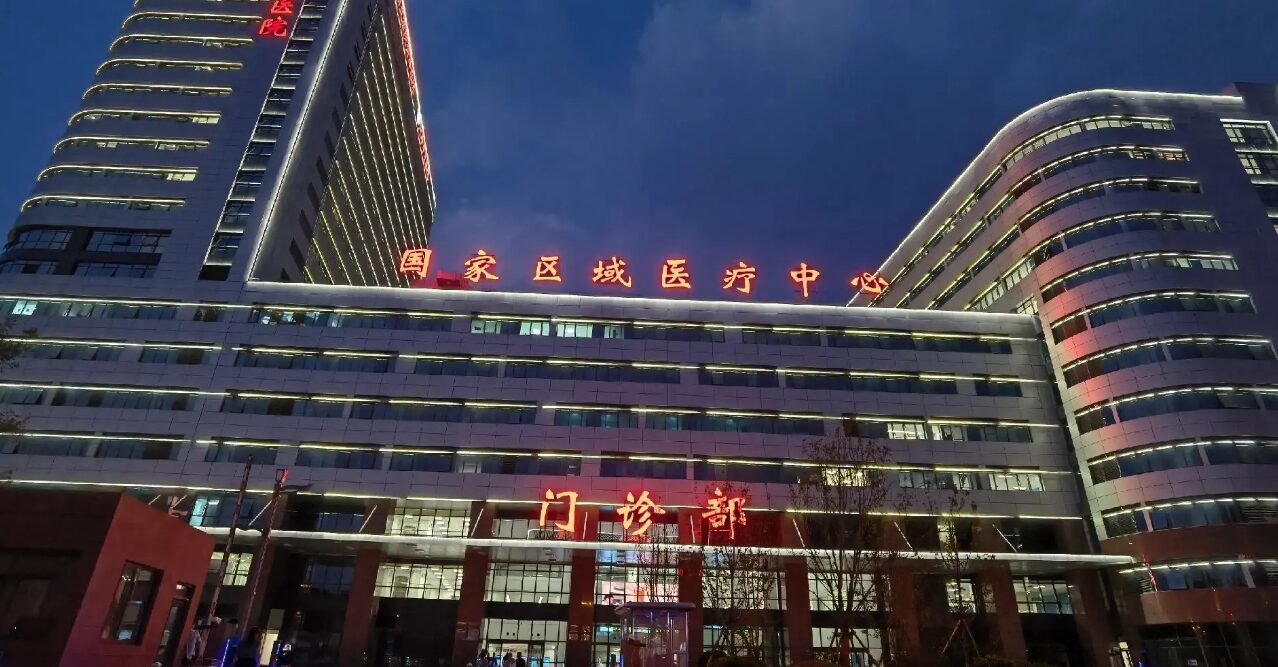In civil air defense engineering, air pollution detectors are key safety protection equipment, and their selection and deployment are directly related to the safety of personnel inside the project. This article aims to provide a detailed and practical guide for selecting and deploying air pollution detectors.
1、 Key selection points
Detection range and sensitivity: Based on the specific needs of civil air defense engineering, select detectors that can cover the required types and concentrations of gases to be detected, while ensuring that they have high sensitivity and can quickly respond to small changes in the environment.
Accuracy and stability: Select equipment with high accuracy and good stability to reduce false positives and false negatives, ensuring the reliability of detection results.
Intelligent and self checking functions: Modern air pollution detectors should have intelligent and self checking functions, which can automatically calibrate, record data, and monitor equipment operation status in real time.
Protection level and durability: Due to the special environment, equipment with high protection level, impact resistance, and corrosion resistance should be selected to ensure normal operation in harsh environments.
2、 Deployment Strategy
Key area layout: Install air pollution detectors in key areas such as entrances and exits, near important facilities, etc., to form an effective monitoring network.
Reasonable spacing and installation height: Based on the diffusion characteristics of the detected gas in the air, determine the installation spacing and height of the detector to ensure comprehensive monitoring.
System integration and linkage: Integrate the air pollution detector with the monitoring system to achieve data sharing and linkage alarm, and improve emergency response efficiency.
Regular maintenance and calibration: Establish a comprehensive maintenance system, regularly clean, calibrate, and maintain the air pollution detector to ensure its continuous and stable operation.
3、 Training and usage
Operation training: Provide professional operation training to users to ensure they are familiar with equipment functions and master correct usage methods.
Emergency plan: Based on the detection results of the air pollution detector, develop a scientific and reasonable emergency plan to ensure that measures can be taken quickly and effectively in emergency situations.
The selection and deployment of air pollution detectors in civil air defense engineering is a systematic project that requires comprehensive consideration of multiple factors. Only by selecting the right equipment, arranging it reasonably, and maintaining it carefully can we ensure safety and stability

